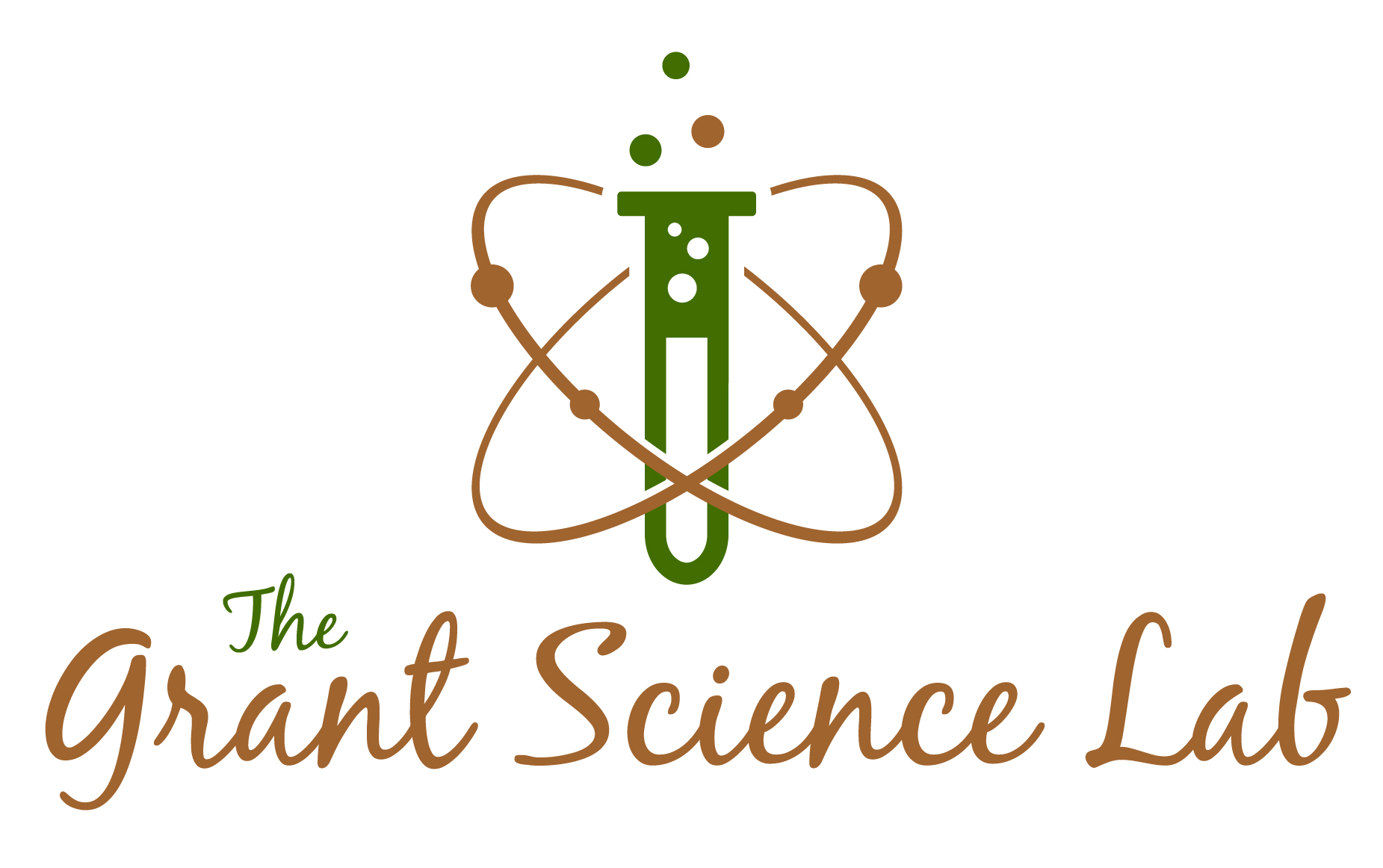A Timeline for Grant Writing:
Humor and Truth from the Research Lab
As a grant writer, did you ever want to know what it is like to write a federal research grant?
Well, this flowchart from a biochemist really shows that crazy process with humor and truth. I lived this as a faculty member and laboratory researcher.
This timeline and task list is a great educational tool for the larger grant writing community. Proposal section names are different for science grants, but the basic ideas in each section are the same for non-science grants. As funny and seemingly absurd as it is, the chart reveals planning involved because of the required detail and organizational skills it takes to prepare these multi-year laboratory research proposals.
All the points on the timeline discussing experiments, gathering data, and publications speak to evidence-based grant writing. There is no other kind of grant writing in the scientific community. Gone are the days where a researcher could propose an idea with little supporting evidence. Frankly, I am not sure those days truly ever existed.
Another important point on the timeline is the grant budget. Since these grants are usually for more than one year, the budgets are often above $100,000 and can run into the millions. Therefore, they take much work. The budget process begins early and this chart shows why that is important. In an earlier blog post, I wrote about doing the budget first. There are always changes. It also shows why a grant writer needs to work with the financial arm of the organization. To a scientist, it is silly to justify protective gloves, but the financial people may not know why or understand the difference between a household appliance and a piece of laboratory equipment.
Entire careers are in these types of grants. The rejection rate for NIH proposals was 82% last year. The success rate of 18% likely includes proposals submitted for the second or third time. Those are some sobering numbers. Scientists have not had patrons or donors for a long time, but non-profits do. People can and do make a difference.

